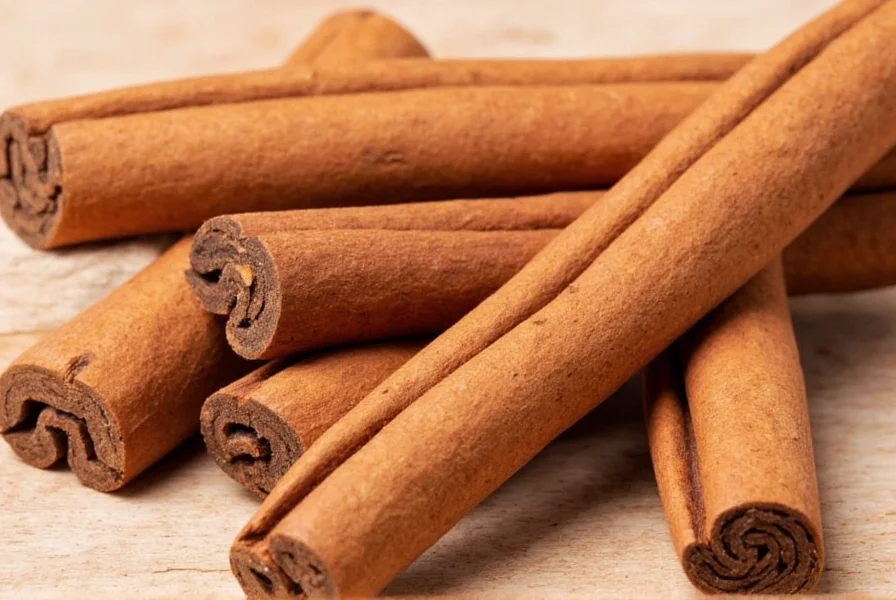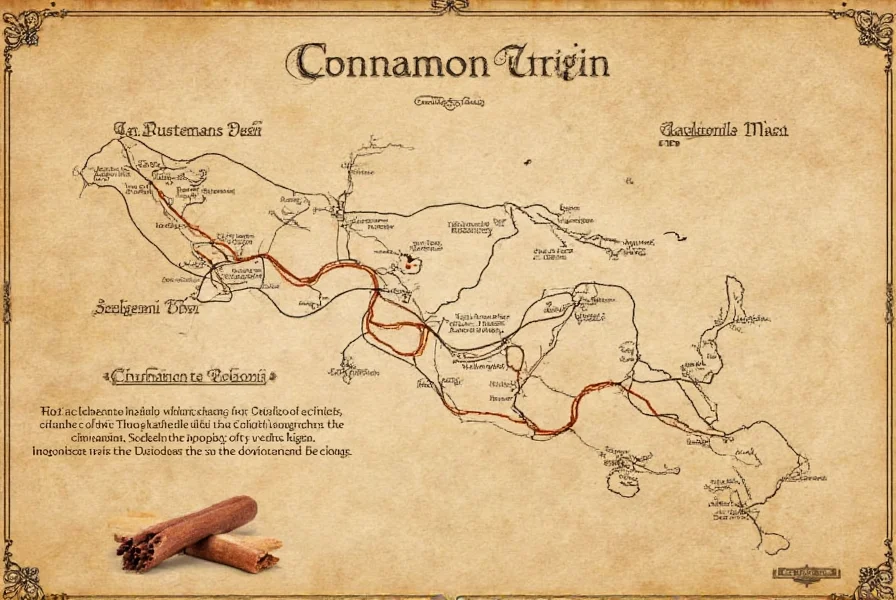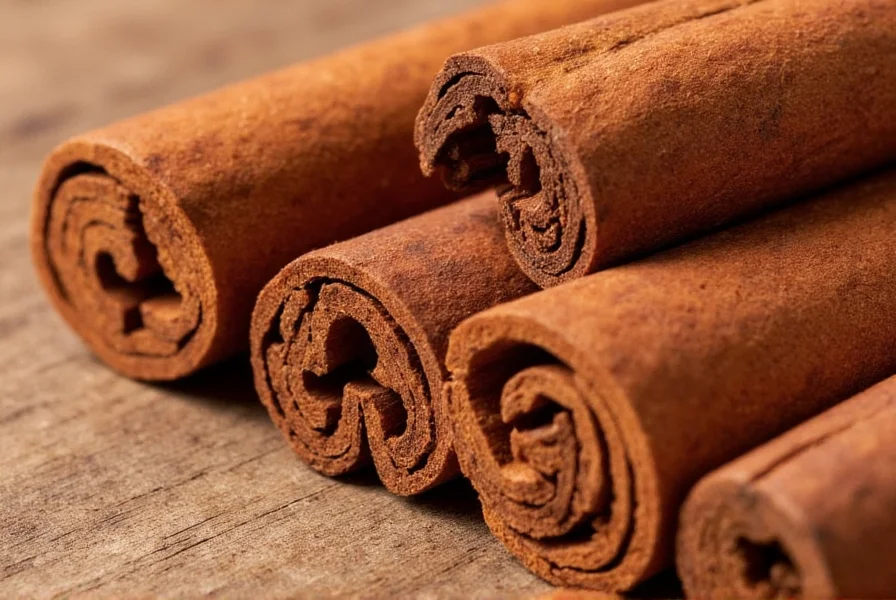Cinnamon isn't just a kitchen staple—it's a botanical marvel with a rich historical journey spanning millennia. Understanding cinnamon origin reveals how this humble spice shaped global trade routes and cultural practices across civilizations. The distinctive sweet, warm flavor we enjoy today comes from specific tree species that evolved in particular tropical environments.
The Botanical Roots of Cinnamon
Cinnamon comes from several species within the Cinnamomum genus, part of the Lauraceae family. These evergreen trees thrive in tropical climates with high humidity and consistent rainfall. The spice itself is harvested from the inner bark, which curls into characteristic quills as it dries. When exploring cinnamon historical origins, it's crucial to distinguish between the two primary commercial varieties:
| Type of Cinnamon | Scientific Name | Primary Growing Regions | Distinguishing Characteristics |
|---|---|---|---|
| Ceylon Cinnamon | Cinnamomum verum | Sri Lanka, Madagascar, Seychelles | Multiple thin layers, delicate flavor, lower coumarin content |
| Cassia Cinnamon | Cinnamomum cassia | China, Indonesia, Vietnam | Single thick layer, stronger flavor, higher coumarin content |
Ancient Origins and Early Trade Routes
The true cinnamon origin story begins in Sri Lanka, where Cinnamomum verum grows wild in the central highlands. Ancient texts suggest cinnamon was already being traded along maritime routes by 2000 BCE. Egyptian pharaohs included cinnamon in embalming mixtures, while Hebrew scriptures mention it as a sacred anointing oil.
For centuries, Arab traders controlled the cinnamon trade, spinning elaborate tales about its collection to protect their monopoly. They claimed cinnamon came from dangerous nests of mythical birds in far-off lands, requiring clever strategies to harvest. This misinformation persisted until Portuguese explorers established direct trade routes to Sri Lanka in the early 16th century.

How Cinnamon Spread Across Continents
The quest for cinnamon origin drove European exploration and colonization. When the Portuguese lost control of Sri Lanka to the Dutch in 1658, the new rulers implemented strict quality controls and cultivation methods that continue to influence modern production. British colonization later introduced cinnamon cultivation to other tropical regions including Madagascar and the Seychelles.
Meanwhile, cassia cinnamon followed different trade routes from its native China, where historical records mention its use as early as 2800 BCE. Chinese traders introduced it to Southeast Asia, where it became the dominant variety in Indonesia and Vietnam. Understanding these distinct cinnamon trade routes history helps explain why different varieties predominate in various global markets today.
Modern Production and Sustainability Challenges
Today, Sri Lanka remains the world's leading producer of true Ceylon cinnamon, accounting for approximately 80% of global Cinnamomum verum production. The traditional harvesting method involves carefully stripping the bark during the rainy season when it's most pliable, then scraping and drying it into quills—a process unchanged for centuries.
However, climate change poses significant challenges to cinnamon botanical origin regions. Rising temperatures and unpredictable rainfall patterns threaten traditional growing areas, while increased pest pressure requires careful management. Sustainable farming practices are becoming increasingly important to preserve both the ecological balance and the economic livelihoods of cinnamon-producing communities.

Cultural Significance Through the Ages
Cinnamon's journey from its native habitat to global kitchens reflects humanity's enduring fascination with flavor and trade. In ancient Rome, Emperor Nero reportedly burned a year's supply of cinnamon at his wife's funeral as a display of wealth. Medieval European bakers used it in elaborate spice cakes for religious festivals, while traditional Ayurvedic medicine incorporated it for digestive health.
The spice's value was so great that controlling cinnamon origin regions became a strategic priority for colonial powers. The Dutch went so far as to burn cinnamon stores in Colombo during their retreat from Sri Lanka to maintain scarcity and high prices. This historical context reveals how a simple spice could influence international relations and economic policies for centuries.
Choosing Authentic Cinnamon Today
When selecting cinnamon, understanding its origin helps determine quality and culinary application. True Ceylon cinnamon offers a more delicate, citrusy flavor ideal for desserts and beverages, while cassia provides a stronger, more pungent taste suited to savory dishes. Consumers seeking cinnamon with lower coumarin content (a compound potentially harmful in large quantities) should specifically look for Ceylon varieties from their Sri Lankan origin.
Look for certifications indicating geographical origin, as authentic Ceylon cinnamon typically comes in multiple thin, brittle layers that easily crumble when broken. The growing awareness of cinnamon historical origins has led to increased demand for traceable, ethically sourced products that support traditional harvesting communities.
Where does real cinnamon come from originally?
True cinnamon (Cinnamomum verum) originates from Sri Lanka and southern India. This variety, often called Ceylon cinnamon, has been cultivated in Sri Lanka for thousands of years and represents the original cinnamon known to ancient civilizations.
What's the difference between Ceylon cinnamon and cassia?
Ceylon cinnamon (from Sri Lanka) has multiple thin, soft layers with a delicate, sweet flavor and lower coumarin content. Cassia (from China and Indonesia) forms a single thick, hard quill with a stronger, spicier taste and higher coumarin levels. Ceylon is considered "true" cinnamon with the authentic historical origin.
Why was cinnamon so valuable in ancient times?
Cinnamon's value stemmed from its rarity, complex harvesting process, and multiple uses. Ancient civilizations prized it for religious ceremonies, embalming, medicine, and as a status symbol. Its journey from remote Sri Lankan forests through multiple trading hands created scarcity that drove its high value—sometimes exceeding gold by weight in medieval Europe.
How did cinnamon spread from its original habitat?
Arab traders initially controlled cinnamon trade routes, spreading it to the Middle East and Mediterranean. European explorers later established direct sea routes to Sri Lanka. The Dutch and British colonial powers expanded cultivation to other tropical regions, while cassia cinnamon followed separate trade routes from China to Southeast Asia, creating the global distribution we see today.
Is all cinnamon the same regardless of origin?
No, cinnamon varies significantly by origin. Ceylon cinnamon from Sri Lanka has a more delicate flavor and lower coumarin content compared to Chinese cassia. Indonesian korintje has a stronger, spicier profile, while Malabar cinnamon from India offers earthy notes. These differences stem from soil composition, climate, and cultivation methods specific to each cinnamon origin region.











 浙公网安备
33010002000092号
浙公网安备
33010002000092号 浙B2-20120091-4
浙B2-20120091-4